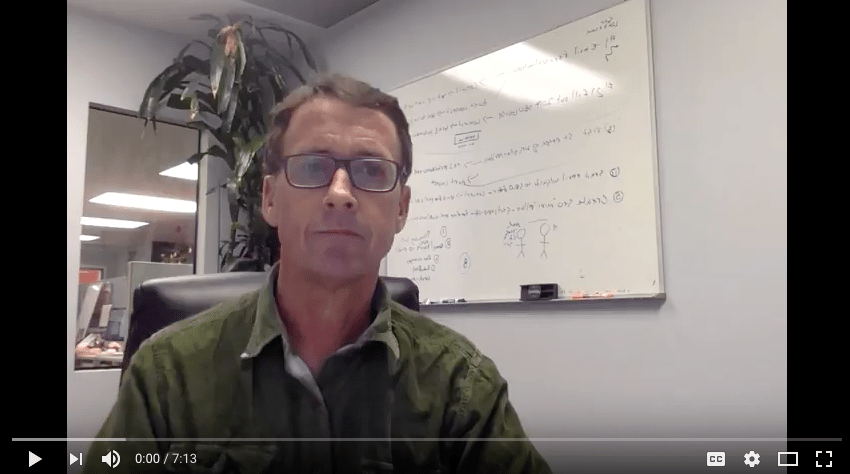This blog post is part of “The Ultimate Guide to Lead Generation” blog series.
Inbound marketing is a term that refers to a marketing strategy developed in response to how the Internet has fundamentally changed the way people buy everything from books to farm machinery. They research online long before they will contact a company. Read on or watch the video to learn more.
So what is a company to do? Buyers don’t look to traditional channels nearly as much as they used to–ads, telemarketing, direct mail–these all interrupt people, usually when they are not shopping. OK, maybe once a year people look forward to commercials on TV–Super Bowl Sunday–but when was the last time you woke up in the morning and said to yourself, “I hope I get a lot of cold calls today?”
Inbound marketing strategy is focused on engaging buyers as they search for solutions to their personal and business problems. The strategy is built around three stages of a typical buyer’s journey:
- Awareness–This is the stage when someone identifies a problem and begins to look for solutions. They are usually looking to confirm that their problem is a common one and that solutions exist.
- Consideration–Consideration is the stage that comes after someone has confirmed that their problem is legitimate and that solutions exist. They start to research various solutions to find the one that is right for them.
- Decision–At the decision stage, someone is ready to purchase a solution. At this point, it is important to have a mechanism in place that makes it very easy for someone to make a purchase online if the products are sold online. If your product is not something that can be sold online, you’ll need a way for them to let you know they’re ready to buy with an offer of a demo, consultation, or quote.
Inbound marketing strategy is all about having the right information, for the right person, at the right time and in the right place. In many cases you’re looking to find the people that are already looking for you, they just may not know that you exist or that you have the right solution to solve their problem.
Note that in the first two stages of the buyer’s journey, you’re not trying to “sell” in the traditional sense. You’re trying to help people navigate their way through the various options to meet their needs. This is important because most people, at the beginning of their search, are not looking to be sold. They’re looking for guidance, and gaining their trust is critical. Product reviews, customer references, case studies and other resources that provide third party information and validation can be far more effective than promotional material.
The inbound marketing revolution, if you call it that, has launched marketing automation platforms that automate and personalize the process of nurturing leads through the buyer’s journey with tools that integrate search engine optimization to attract searchers to your website, conversion tools like landing pages and forms linked to content offers to convert visitors to leads, and workflows with automated email and additional offers aligned with where people are in the sales cycle. Marketing automation platforms include HubSpot, SharpSpring, Marketo and more.
This blog post is part of “The Ultimate Guide to Lead Generation” blog series.

